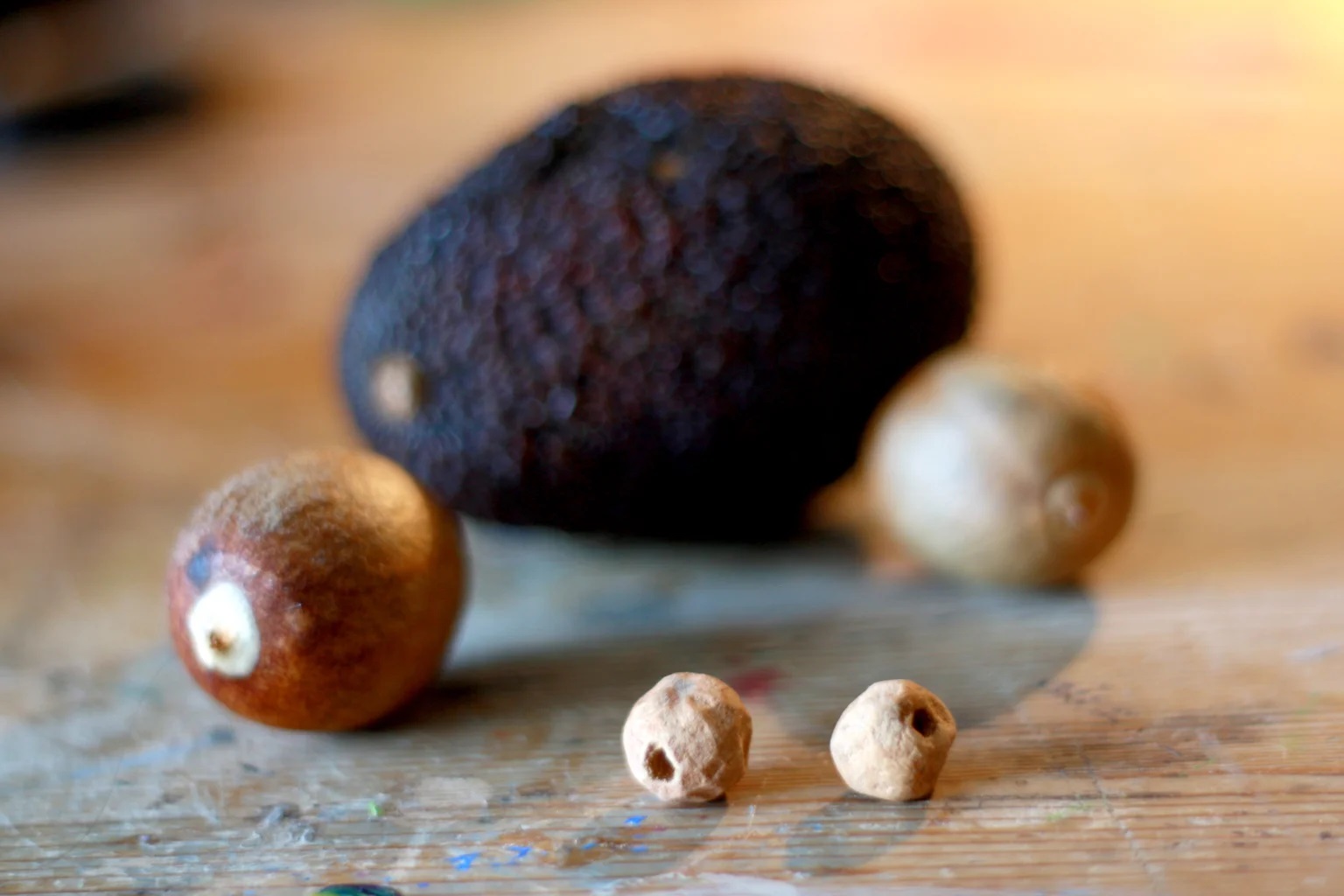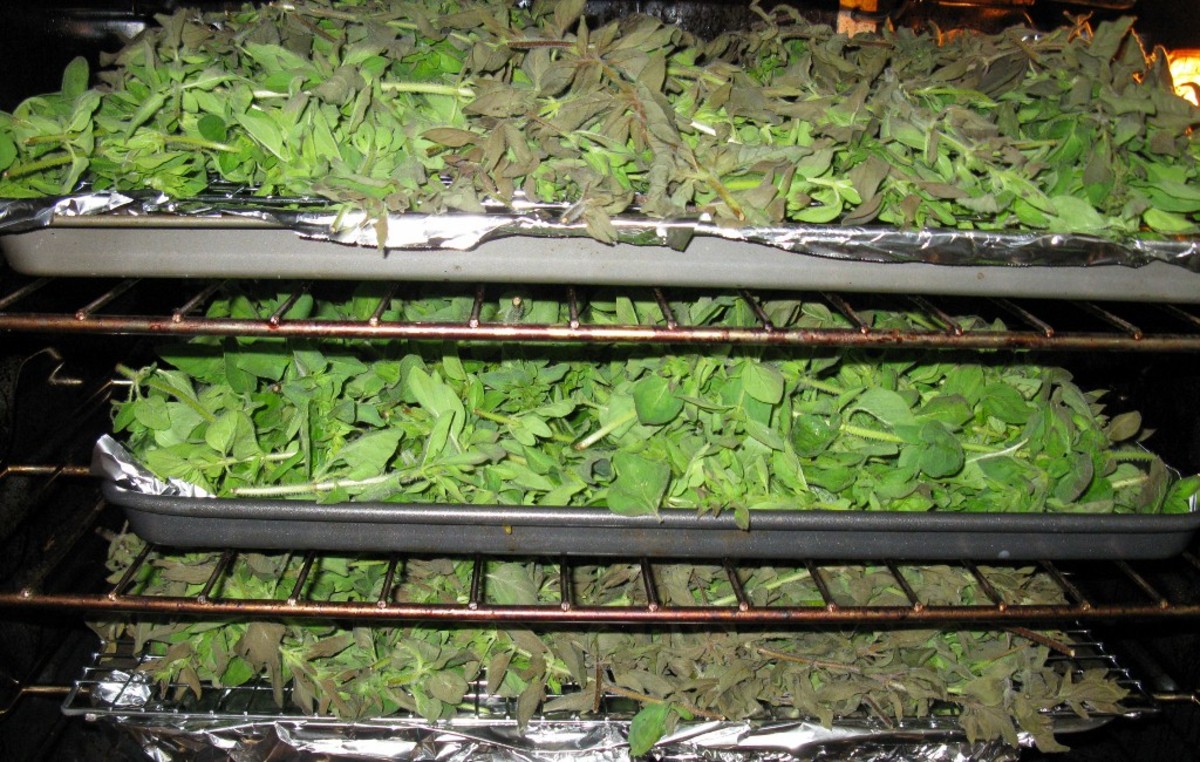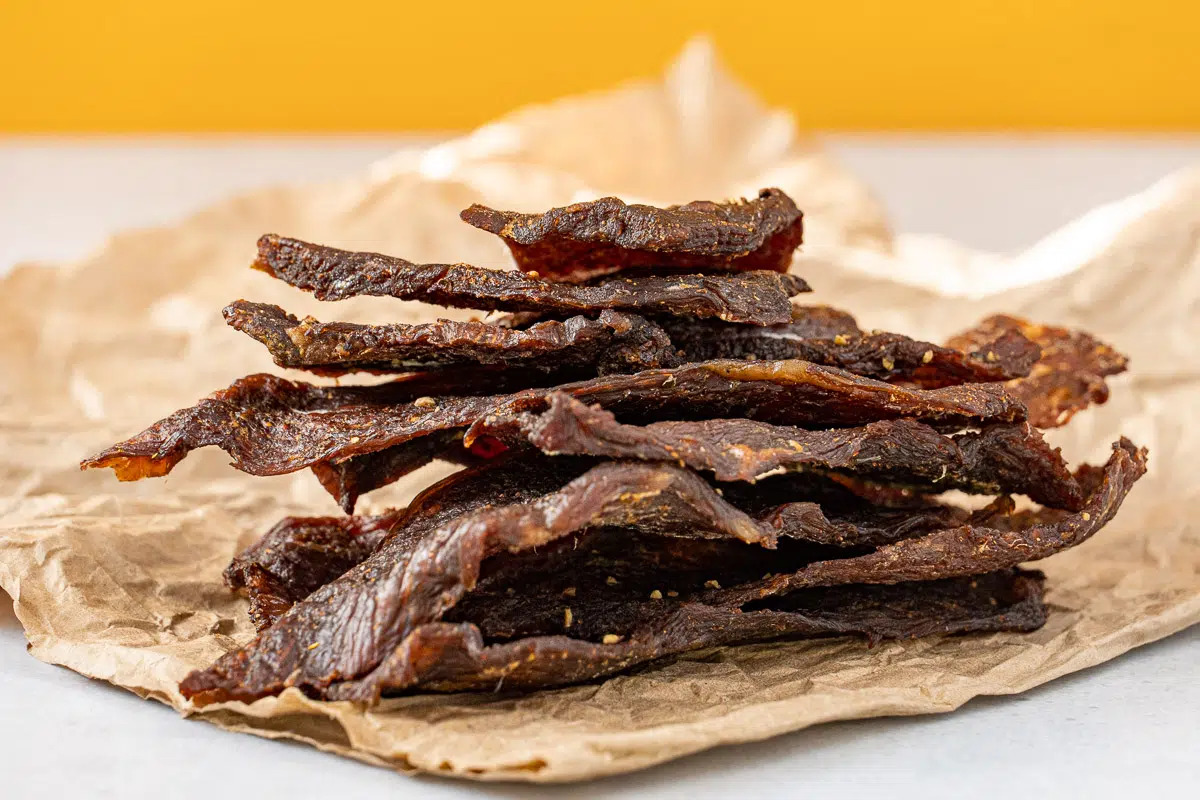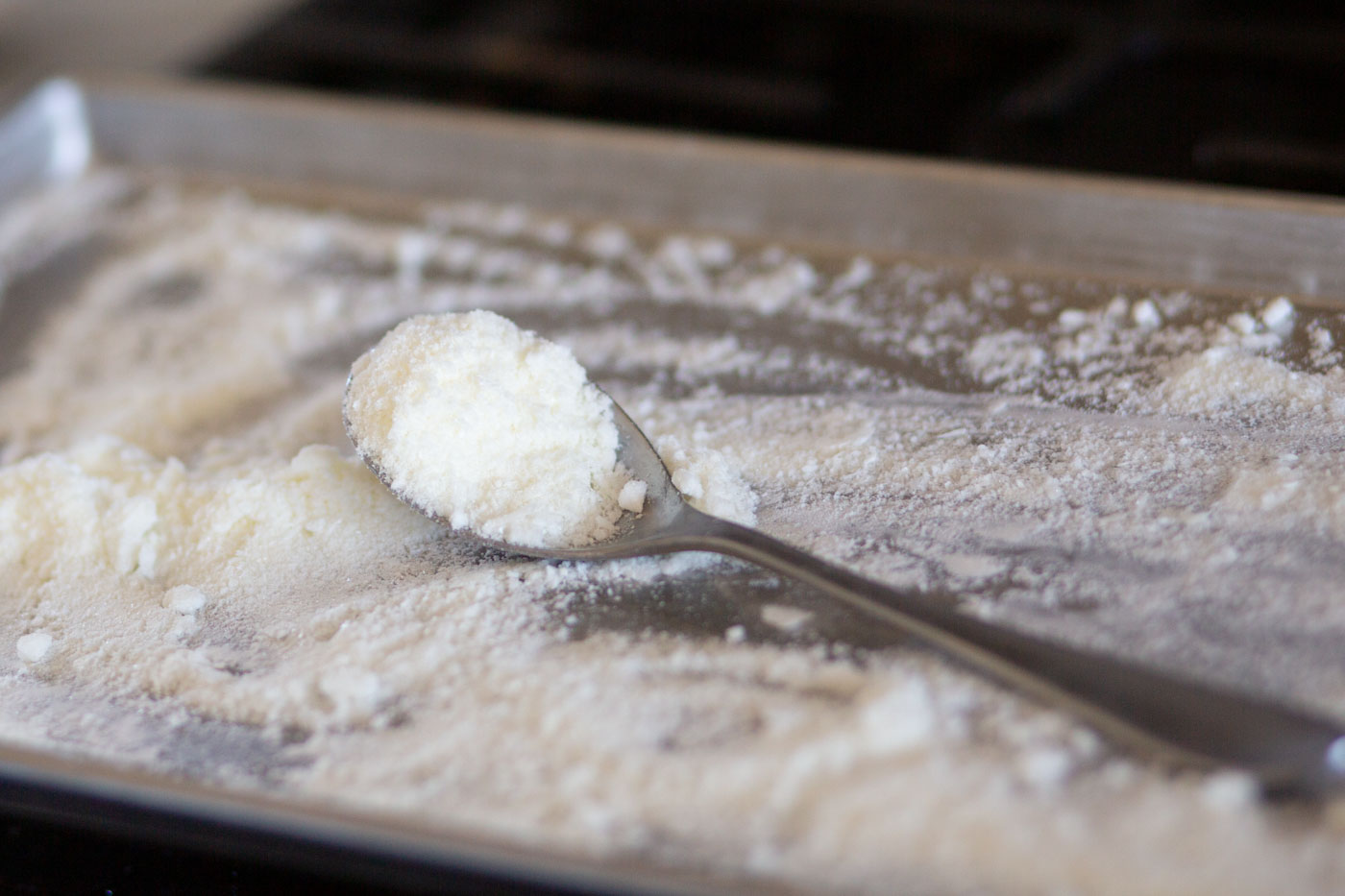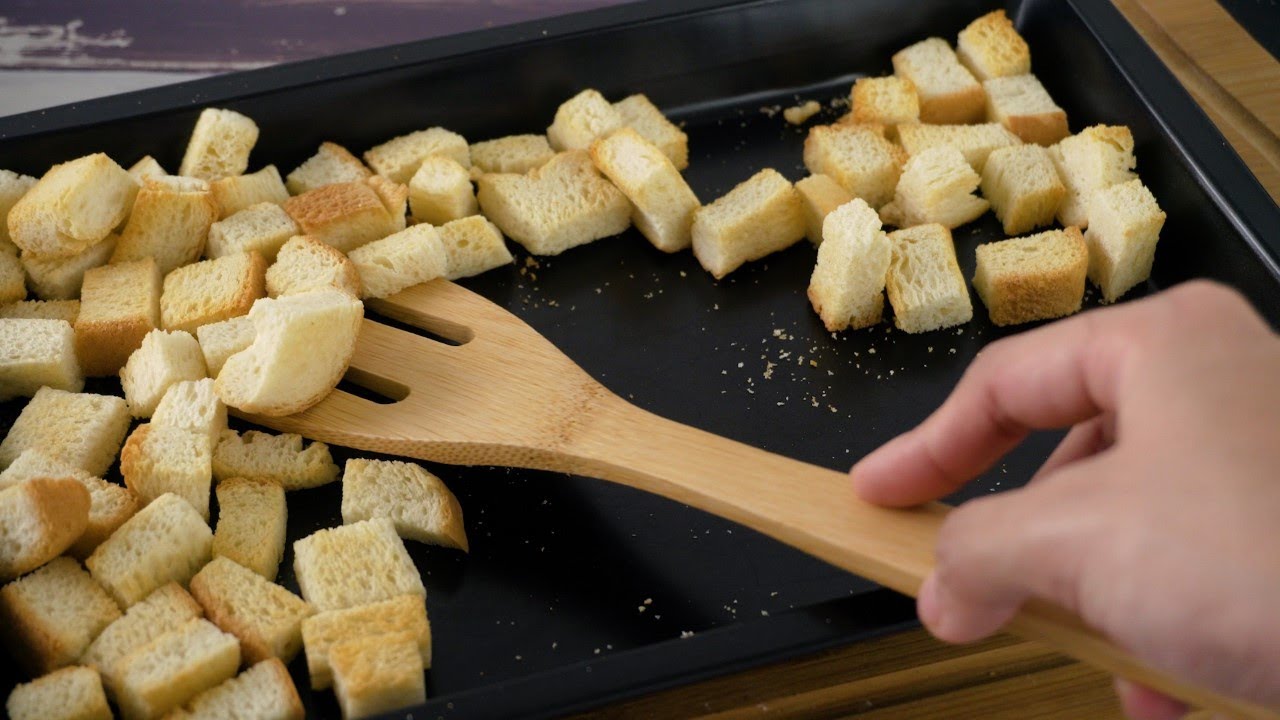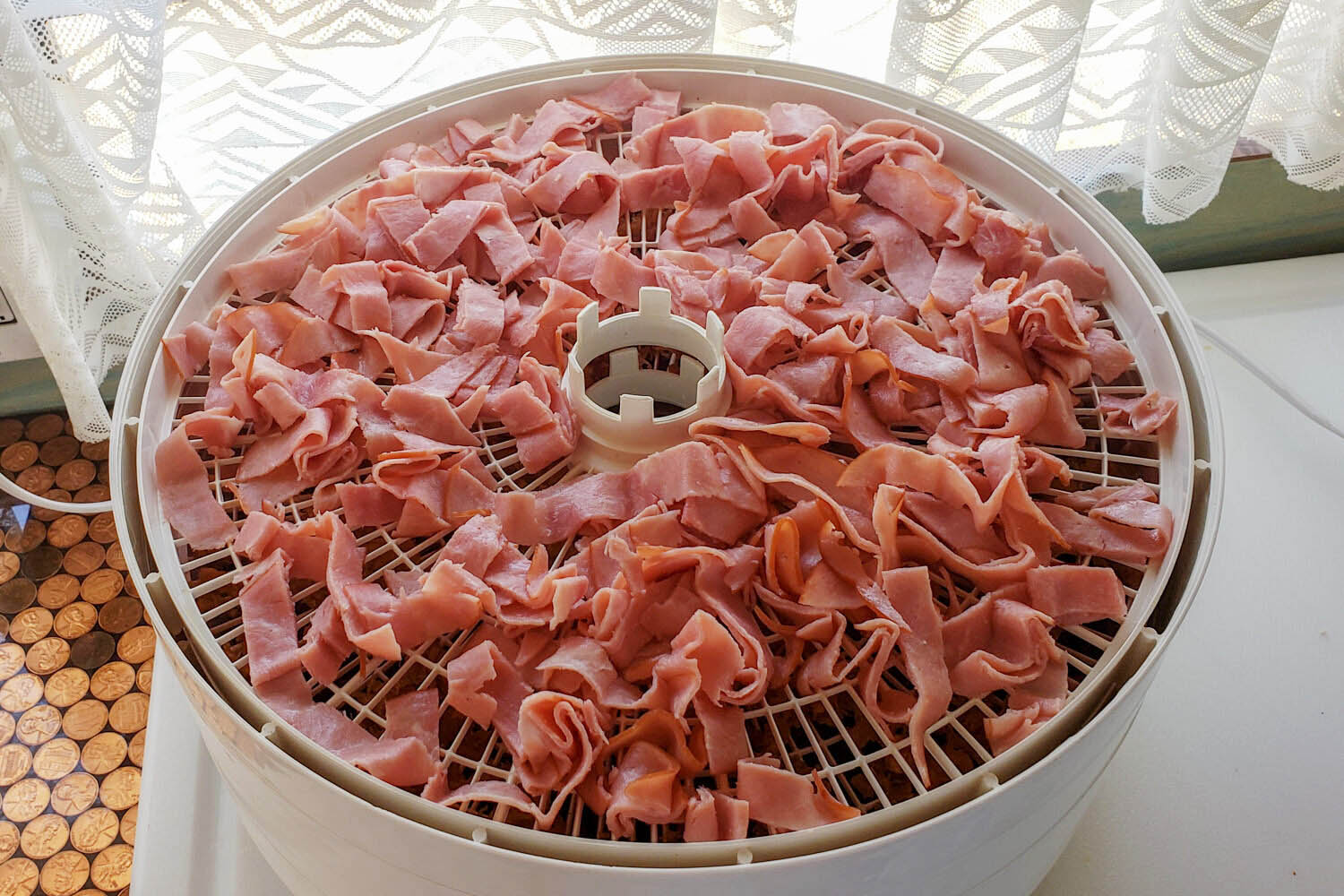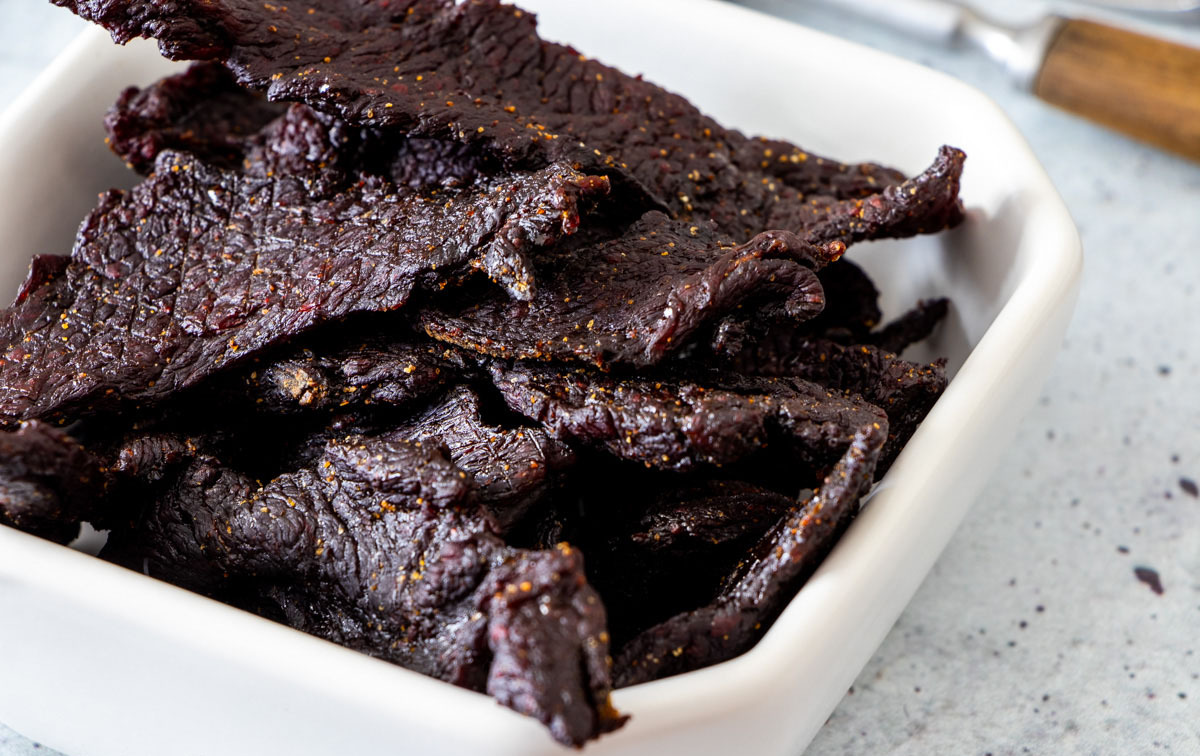Dehydrating Milk: A Handy Guide
Dehydrating milk is a simple process that can extend the shelf life of this essential ingredient. Whether you want to make powdered milk for camping trips or just reduce waste, dehydrating milk is a useful skill to have. Below, we’ll walk you through the steps to dehydrate milk at home.
What You’ll Need
Before you get started, gather the following items:
- Fresh milk
- Dehydrator
- Parchment paper
- Airtight container
Step 1: Preparing the Milk
Start by pouring the fresh milk into a shallow pan. This will help increase the surface area and speed up the dehydration process. If you’re using a dehydrator with multiple trays, you can pour the milk directly onto the trays lined with parchment paper.
Step 2: Dehydrating the Milk
Set your dehydrator to a low temperature, around 130°F (54°C). Spread the milk evenly on the trays and place them in the dehydrator. Let the milk dehydrate for 12 to 24 hours, or until it becomes brittle and easily crumbles.
Step 3: Checking for Dryness
After the initial dehydration period, check the milk for dryness. It should feel completely dry to the touch and break easily into small pieces. If it still feels moist, continue dehydrating for another few hours.
Step 4: Storing the Dehydrated Milk
Once the milk is fully dehydrated, allow it to cool to room temperature. Transfer the dried milk to an airtight container, ensuring that it is completely sealed to prevent moisture from getting in. Store the container in a cool, dry place away from direct sunlight.
Using Dehydrated Milk
Dehydrated milk can be rehydrated by simply adding water. Use it in recipes that call for milk, such as baking or cooking. It’s also a convenient option for camping or backpacking trips, as it’s lightweight and doesn’t require refrigeration.
Benefits of Dehydrated Milk
Dehydrated milk offers several advantages, including:
- Extended shelf life
- Convenient storage and portability
- Reduction of food waste
- Cost-effective alternative to fresh milk
By following these simple steps, you can easily dehydrate milk at home and enjoy its long-lasting benefits. Whether you’re an outdoor enthusiast or simply want to make the most of your groceries, dehydrating milk is a valuable skill to have.
So, next time you have some extra milk that’s nearing its expiration date, consider dehydrating it for future use. You’ll be amazed at the convenience and versatility of this simple preservation method.
More Delicious Recipes Using Dehydrated Milk
After mastering the skill of dehydrating milk, the culinary applications are vast and exciting. For those keen to experiment, the Dehydrated Milk Chocolate Chip Cookies and Fluffy Dehydrated Milk Pancakes are perfect starting points, allowing you to appreciate how dehydrated milk can enhance the texture and flavor of traditional favorites. I recommend trying the Creamy Tomato Soup with Dehydrated Milk and Spice Cake Enhanced with Dehydrated Milk, as they showcase the rich, comforting qualities dehydrated milk adds to soups and baked goods. For a creative twist, the Homemade Dehydrated Milk Ice Cream is a must-try, offering a unique approach to homemade ice cream that is both satisfying and a fun kitchen project.
Was this page helpful?
Read Next: How To Dehydrate Candy
